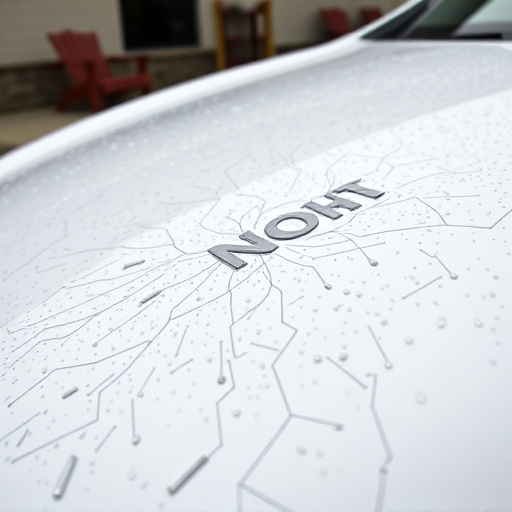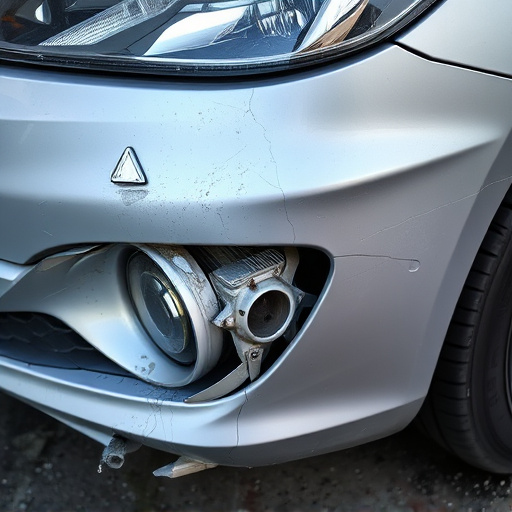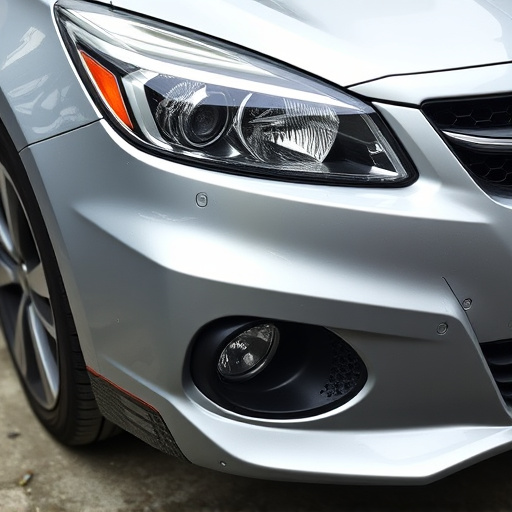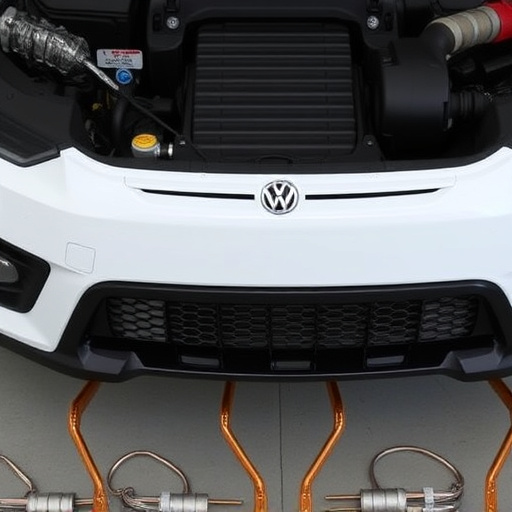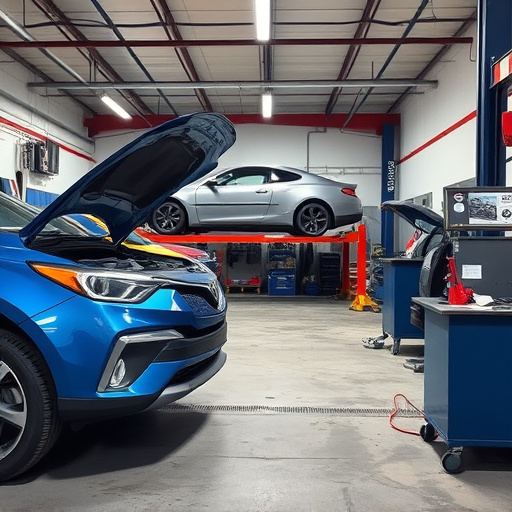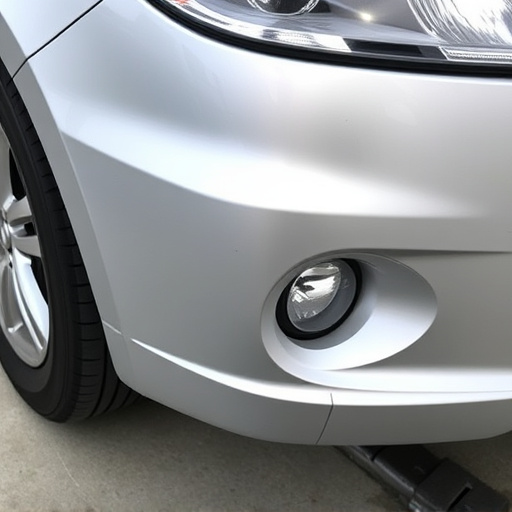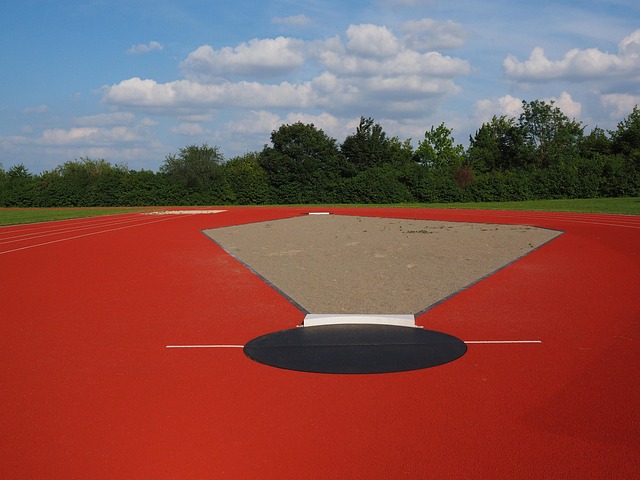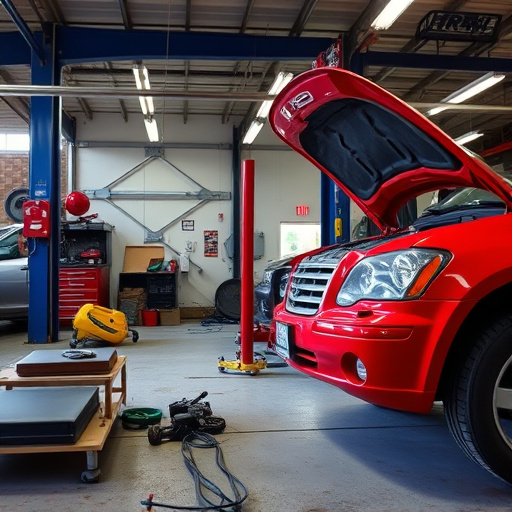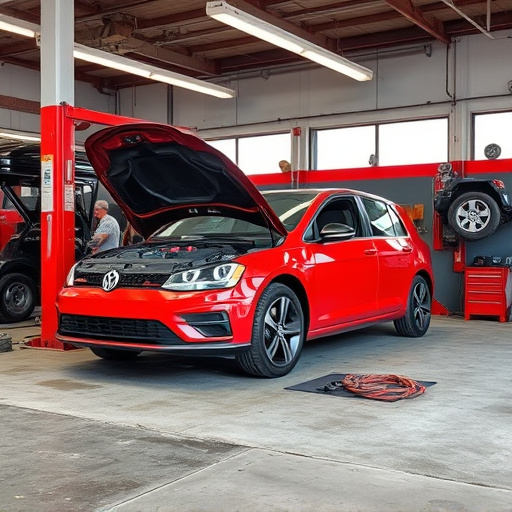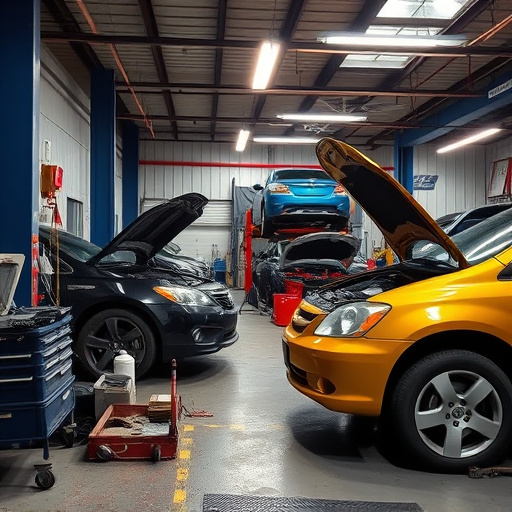Paintless dent removal (PDR) is a non-invasive technique for fixing vehicle dents and scratches without painting, using specialized tools to return panels to their original shape. The time required varies based on dent severity, with complex or hard-to-reach dents taking longer. PDR is most effective for minor damage and can be quicker than traditional collision repair methods, with turnaround times estimated by professional shops.
Discover the time it takes to get your vehicle back to its pre-dent condition with paintless dent removal. This innovative technique offers a swift and discreet solution, but how long will it really take? In this guide, we demystify the process, explore factors affecting duration, and break down average time frames for various paintless dent removal techniques, empowering you with knowledge before your next service appointment.
- Understanding Paintless Dent Removal Process
- Factors Influencing Service Duration
- Average Time Frames for Different Techniques
Understanding Paintless Dent Removal Process

Paintless dent removal is a specialized technique that repairs dents and scratches on vehicle bodies without applying paint or filling materials. This non-invasive method has gained popularity for its effectiveness, especially in fixing minor damage like fender benders or door dings. The process involves several steps where trained technicians use special tools to access the dent from behind, carefully releasing the damaged panel back to its original shape.
This technique is often performed in collision centers equipped with advanced tools and equipment designed for paintless dent repair. Unlike traditional dent removal that may involve painting and complex body work, paintless methods preserve the vehicle’s factory finish. It’s a quicker process compared to conventional repairs, saving time and money, and leaving no traces of damage once completed.
Factors Influencing Service Duration

The duration of paintless dent removal (PDR) services can vary significantly depending on several factors. One of the key influences is the severity and size of the dent or damage to the vehicle’s panel. Complex dents that require more precise and intricate work will take longer to repair compared to minor, shallow dings. The experience and skill of the technicians involved also play a crucial role; seasoned professionals can often complete repairs faster and with more finesse.
Another factor is the accessibility of the damaged area. If the dent is in a hard-to-reach spot, like a car door or roof panel, it might take additional time to carefully maneuver the tools and ensure a flawless finish. Moreover, weather conditions can indirectly impact the process, as some PDR techniques rely on controlled temperature environments to achieve optimal results. Lastly, fleet repair services and specialized car paint repair shops may have optimized processes and equipment, enabling them to complete tasks more efficiently compared to general car paint services.
Average Time Frames for Different Techniques

The duration of paintless dent removal (PDR) can vary depending on several factors, including the severity and size of the dent, the type of metal involved, and the expertise of the technician. On average, a single, small dent might take anywhere from 30 minutes to an hour to repair, making it one of the quickest vehicle collision repair methods. This technique is particularly effective for minor dings, creases, and dents that don’t penetrate the paint or metal surface deeply.
For more substantial damages, especially in luxury vehicle repair cases, the process can extend to several hours. Complex PDR procedures, such as those involving deep or hard-to-reach dents, might require a technician’s specialized knowledge and tools. Collision repair shops typically provide accurate time estimates after assessing the damage, ensuring customers are well-informed about the expected turnaround time for their vehicle’s paintless dent removal.
Paintless dent removal, a versatile and popular method for repairing minor car dents, typically takes between 30 minutes to 2 hours, depending on various factors. The duration can vary based on the size and complexity of the damage, the type of vehicle, and the technician’s expertise. Advanced techniques like plastic deformation or using specialized tools can expedite the process, ensuring quick turnaround times without compromising quality. Choosing a reputable service provider who understands paintless dent removal is key to achieving efficient and effective results.
